How to propagate an anthurium – plant experts reveal how to multiply these colorful houseplants from cuttings and by division
With a little patience and perseverance, you can easily grow more of these bright plants for free
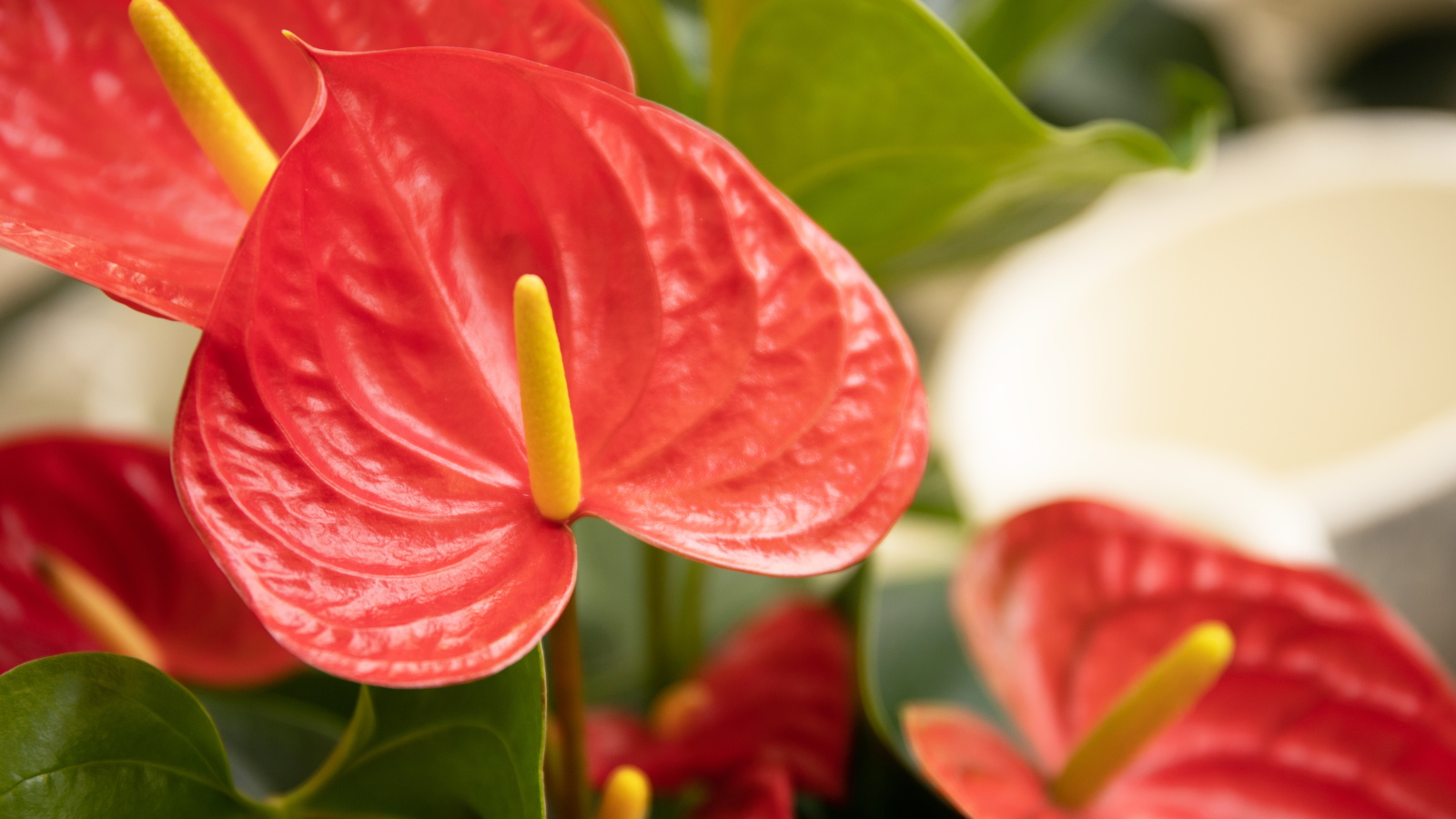

Those who know me well know my houseplant collection is never quite finished. I'm always wanting more greenery in my home and I find the best way to do it affordably is by multiplying the plants I already have. Propagating flowering plants is extra rewarding, as it means you gain more plants with beautiful color for your home.
Even though anthuriums aren't technically flowering plants (their 'flowers' are actually mutated leaves known as spathes), they're a perfect example of a beautiful plant worth multiplying. Growing anthuriums is easy enough, so long as you maintain bright conditions and consistent moisture levels. Propagating them is just as simple, although it can be a bit of a waiting game.
Unlike the easiest houseplants to grow from cuttings, anthurium cuttings take some time root. However, don't let this put you off. Plant experts assure the steps to propagating an anthurium are easy to follow. If you're after a faster process, however, you can also propagate by division. Here's everything you need to know for both methods.
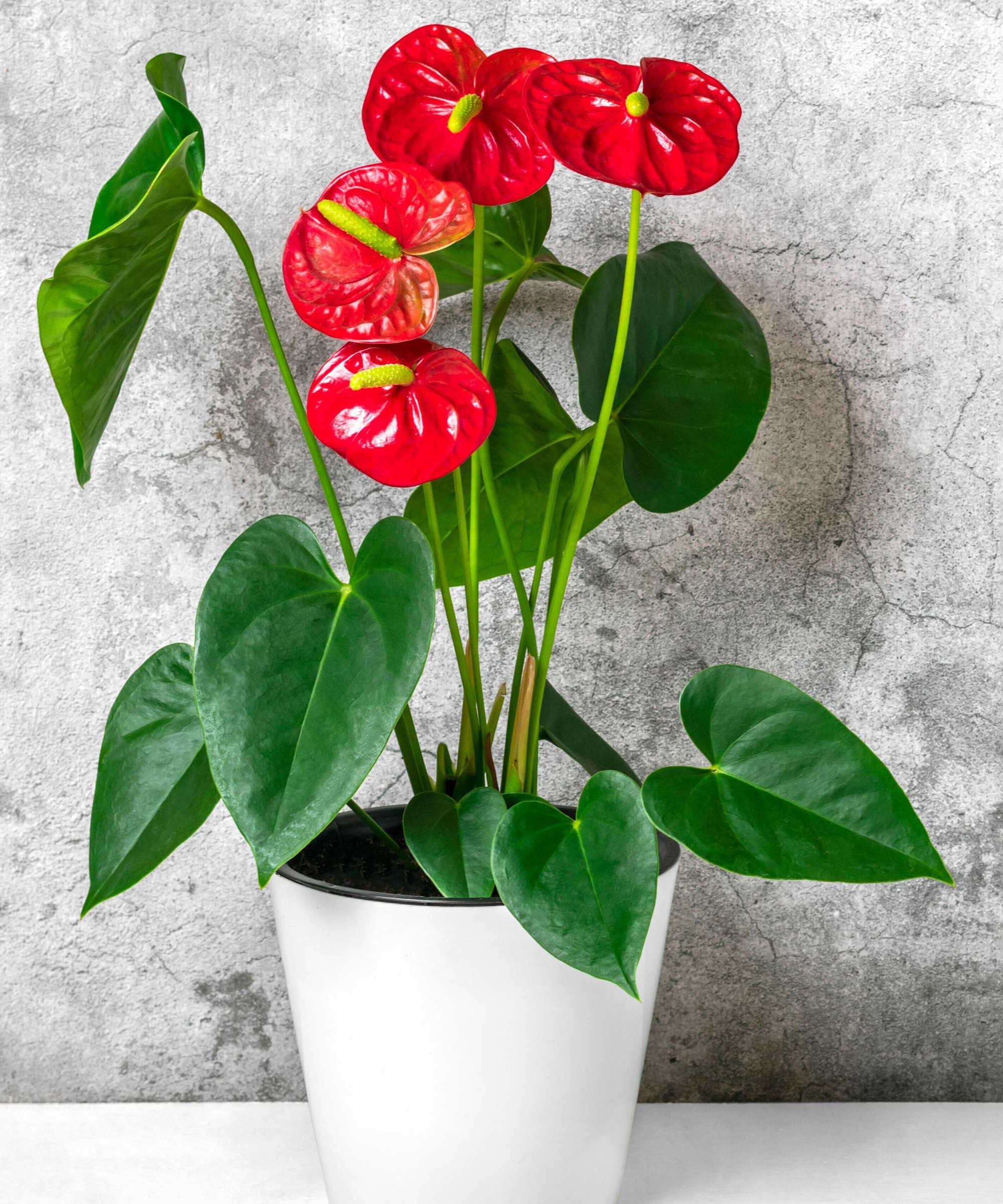
How to propagate an anthurium from cuttings
If you need any more convincing to try propagating these plants with striking foliage, it's worth knowing anthuriums make the list of indoor plants that flower all year round. The colorful spathes of anthuriums can last for months on end and when they do eventually fade, optimal care will encourage new ones to appear. To benefit from this, plant experts say to propagate an anthurium from cuttings by following these simple steps:
1. Prepare a propagation mix
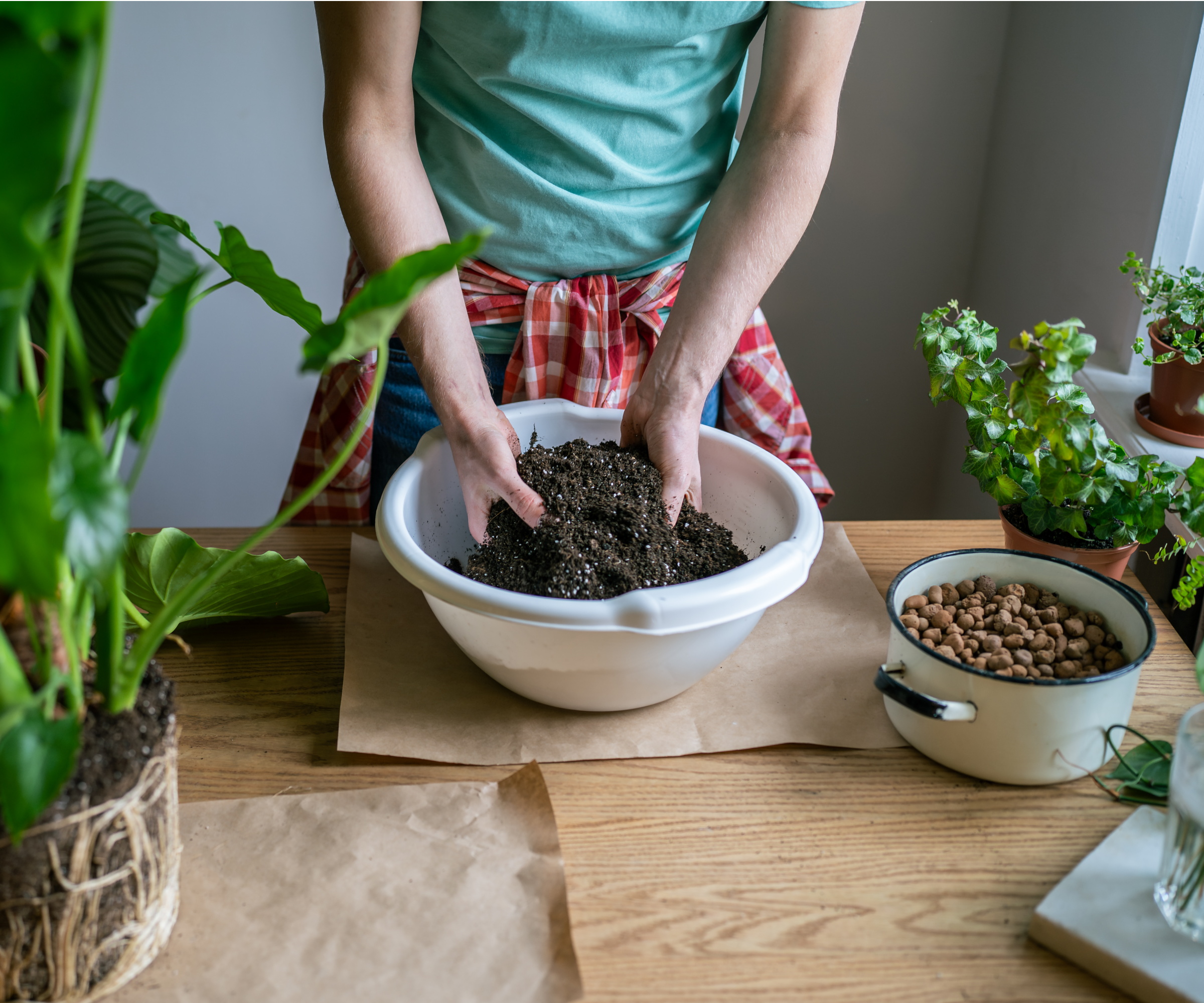
Not only is there a best potting soil for indoor plants, you also need to use a specific mixture to help cuttings root successfully. It should be one that is well-draining and nutrient rich to encourage robust root development.
'Prepare a propagation mix of one part sand, one part perlite or pumice and one part peat moss,' advises Julie Bawden-Davis, indoor plant expert at Healthy Houseplants. 'Moisten the mix so that it holds together well but is not soggy,' she adds.
These materials are widely available online, such as this perlite from Amazon and this coco coir from Walmart - a peat moss alternative. Or, you can purchase propagating potting mix (from Amazon) if you don't want to make your own.

Julie Bawden-Davis is a garden author and University of California Certified Master Gardener, who has written several gardening books, including Indoor Gardening The Organic Way. In addition to running HealthyHouseplants.com, she shares indoor gardening advice on her YouTube channel @HealthyHouseplants.
2. Select healthy anthurium cuttings

With your propagation mix prepared, it's time to taking plant cuttings from your anthurium. These will be what you insert into the mix to root.
Choose a healthy leafy stem, around six to eight inches long. You'll need essential pruning tools to hand, like these pruning shears from Amazon, or you can simply use a sharp pair of scissors.
'Make a 45-degree cut just below a node, which is where a leaf attaches to the stem,' Julie advises. 'In the node are auxins, which are plant rooting hormones,' she explains.
Cutting at a 45-degree angle provides a larger exposed surface area, increasing chances of rooting.
Make sure to clean your gardening tools after taking cuttings to prevent the potential spread of pests and diseases.
3. Prepare the anthurium cutting
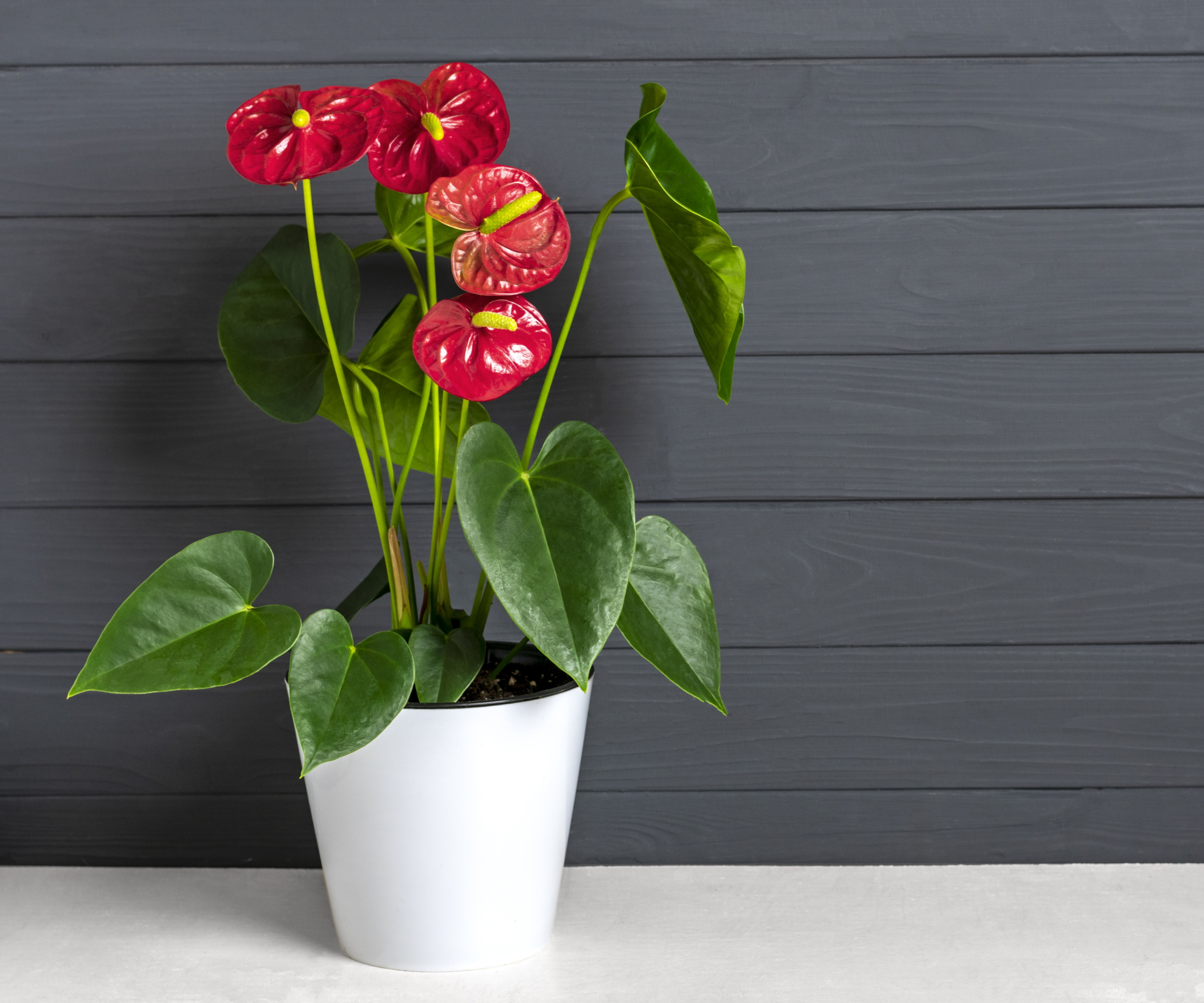
Before inserting your cutting into your propagation mix, there's some preparation that needs to take place.
One of the biggest houseplant propagation mistakes is not removing any lower leaves of a cutting. They will be buried beneath soil level, where they are likely to rot and potentially cause fungal issues. At the same time, the cutting will be using energy to keep those leaves alive.
To conserve energy for rooting and to prevent rot issues, use your fingers to pinch off the bottom two or three leaves of your anthurium cutting, making sure not to damage the leaf nodes.
With a 'clean' cutting prepared, you can then reach for a rooting hormone - a substance with chemicals that imitate rooting hormones found in plants. It's a particularly useful tool when propagating woodier or thicker stems, like those of an anthurium. You can purchase rooting hormone powder from Amazon.
'Insert the cut end into rooting hormone powder or gel,' Julie advises. Make sure to have an even coating on the exposed surface of your cutting.
4. Insert the cutting in the propagation mix
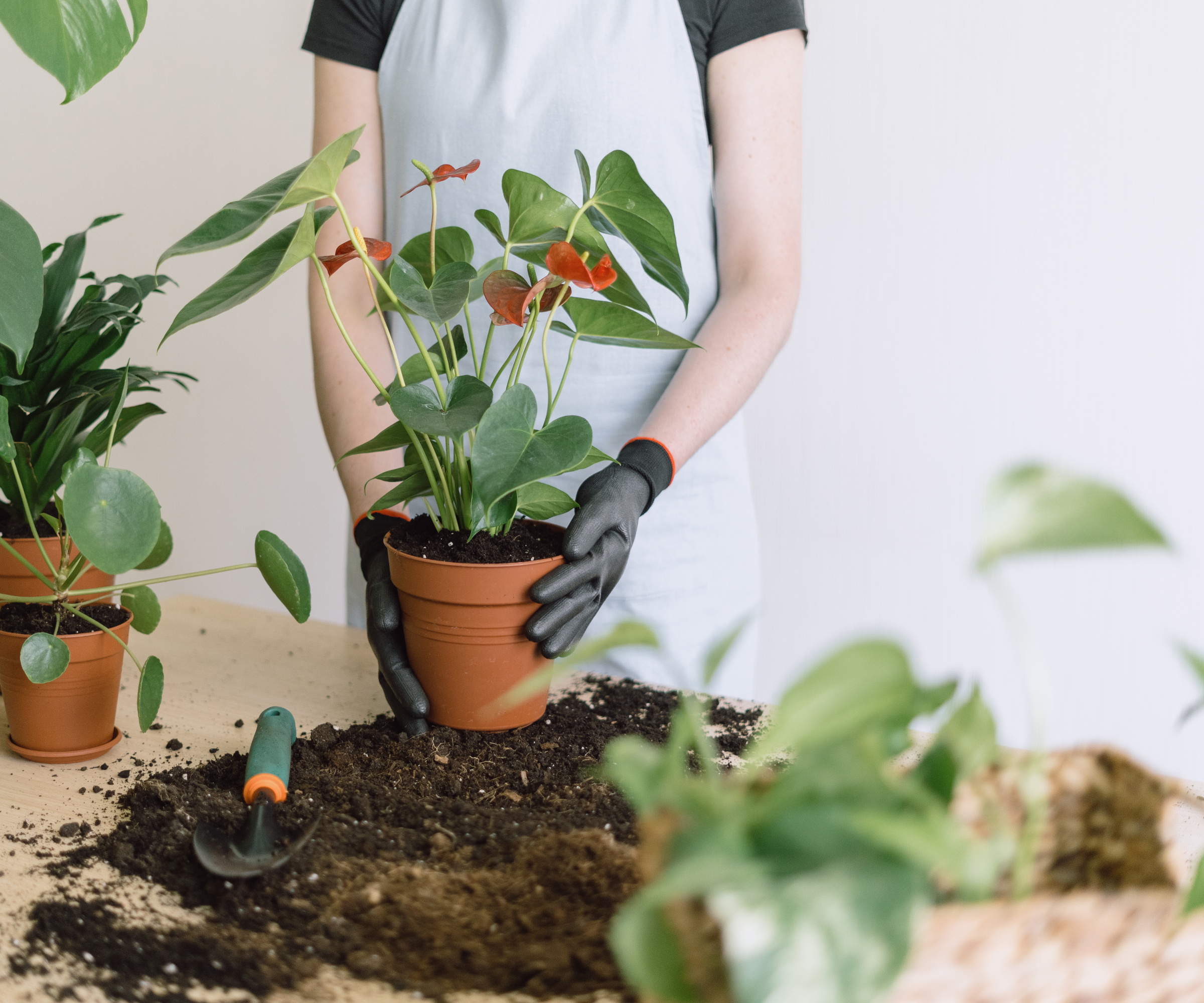
Now your cutting is ready for the propagation mix. Take extra care not to damage the stem in the process of placing it in the soil.
'It can be helpful to use a pencil to make holes in the propagating medium for the cuttings,' Julie suggests. 'Then, insert the cuttings into the holes and gently push the soil around the cutting so it stands up straight and doesn’t fall over,' she adds.
You can use small plant stakes (like these from Amazon) or even something like a pencil to prop up your cuttings if necessary. The key thing to ensure is that they're secure in the soil.
5. Provide optimal rooting conditions
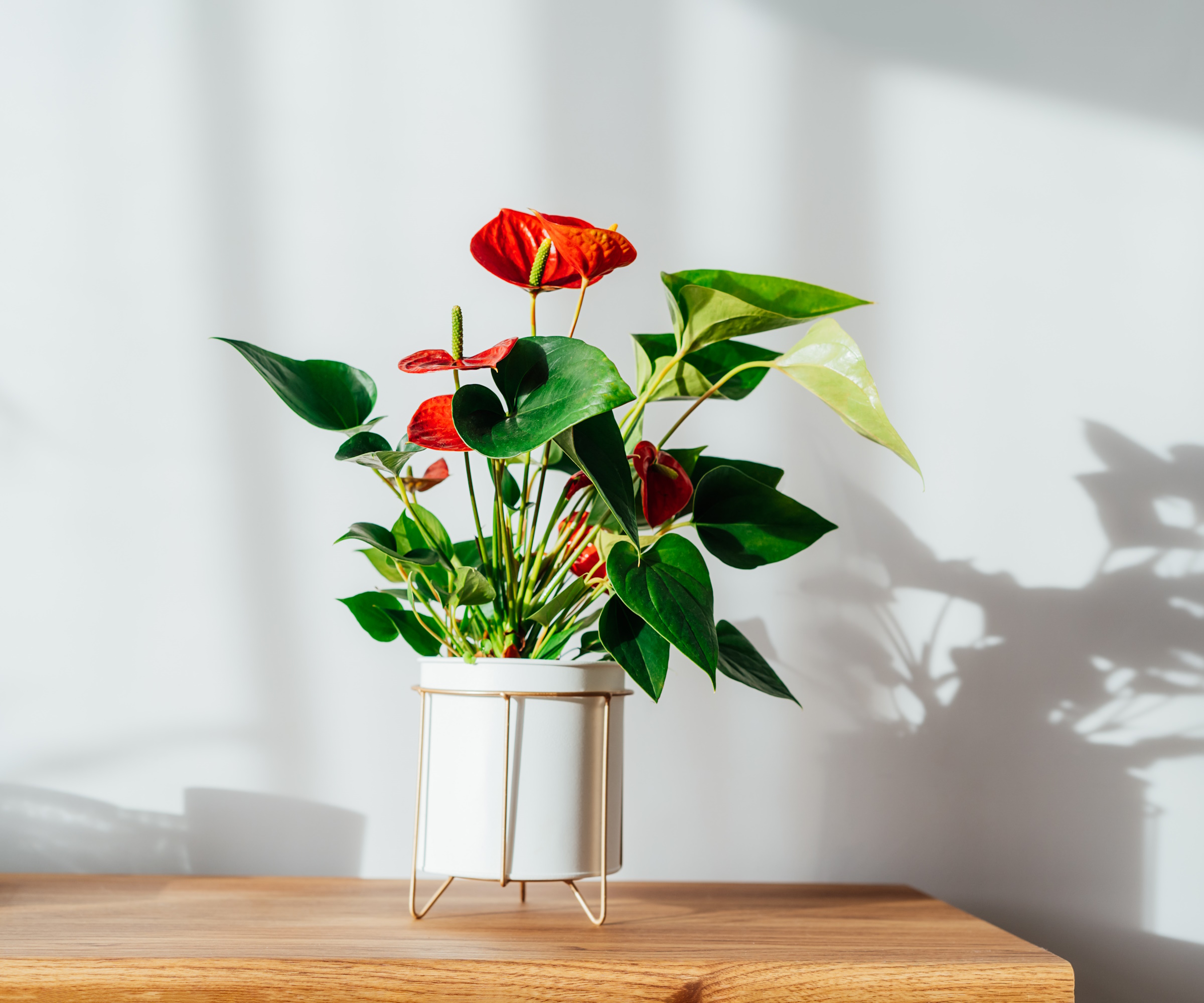
The final step in propagating an anthurium from cuttings is placing it in the best possible conditions to encourage rooting. You'll also notice doing this will speed up houseplant propagation.
'Water around the base of each cutting to moisten and keep the area moist during propagation, but not soggy,' says Julie. 'You can also place a humidity dome over the cuttings to retain moisture,' she suggests.
Alongside keeping moisture levels up, keep your cuttings somewhere warm and bright. Indoor greenhouses can help provide this environment.
How to propagate an anthurium by division
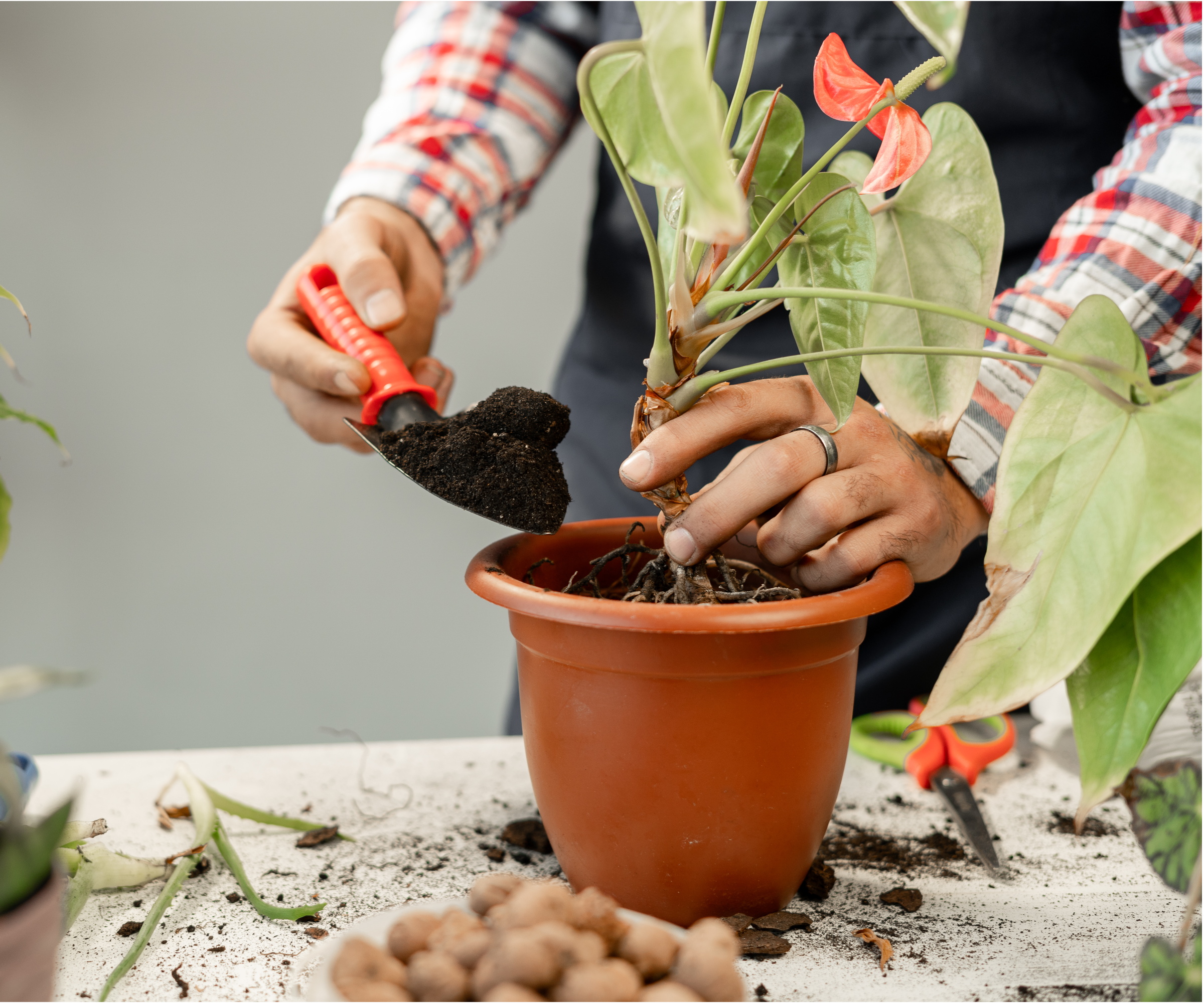
Alternatively, it is possible to propagate an anthurium by division. Dividing plants may seem intimidating at first, but it's actually one of the quickest ways to get new plants for free.
You'll need a healthy anthurium with multiple stems to begin with. The first step is to gently lift it out of it's pot and to clear away soil to expose its root system.
'Use a sterilized sharp knife or garden shears to divide the plant at the roots, ensuring each section has both leaves and roots,' advises Alex Kantor, owner of Perfect Plants Nursery.
You can use a garden knife (from Amazon) to do this, or other pruning tools, as Alex mentions. Take care not to damage roots in the process of dividing them.
'Then, plant each division in a well-draining potting mix, burying the roots and keeping the leaves above the soil surface,' Alex says.
And it's as simple as that. Give each anthurium plant a deep watering and provide plenty of bright light to help them settle into their new homes.

Alex has worked in the horticultural industry for over 20 years and grew up on the farm since his childhood years. Alex is an expert on landscape trees, shrubs, and indoor plants. He is passionate about growing and helping others learn the trade.
FAQs
Can you propagate anthuriums in water?
Yes, it is possible to propagate anthurium cuttings in water. This is a favorable method for observing root development.
'Anthuriums can be propagated in water by placing cuttings in a container of water until roots develop. Once roots are established, transplant the cuttings into soil. Change out the water every week or two as needed to keep it fresh,' advises Alex Kantor, owner of Perfect Plants Nursery.
Why aren't my anthurium cuttings rooting?
There may be a few reasons why your anthurium cuttings aren't rooting. It could be that you didn't take a cutting with a leaf node, where roots develop. Other reasons include not keeping your cutting somewhere bright and warm, or not maintaining moisture levels. Anthurium cuttings can also take longer to root than other houseplants, so it might just be a case of waiting a while longer.
'It takes some time to root anthuriums, so you will want to give it a few weeks,' Julie says. 'Check regularly to ensure that conditions aren’t too damp, as that can lead to fungal problems and the rotting cutting,' she adds.
Although tempting, fertilizing anthuriums immediately after planting a cutting or dividing a plant is not a good idea. It could cause stress to the plant while it's still trying to establish, or it could even cause problems with root burn and root rot. However, your anthurium will appreciate light feeding after several weeks to boost essential plant nutrients and encourage new growth. Take care to only fertilize during active growth seasons in spring and summer.
Sign up to the Homes & Gardens newsletter
Design expertise in your inbox – from inspiring decorating ideas and beautiful celebrity homes to practical gardening advice and shopping round-ups.

Tenielle is a Gardens News Writer at Homes & Gardens. She holds a qualification in MA Magazine Journalism and has over six years of journalistic experience. Before coming to Homes & Gardens, Tenielle was in the editorial department at the Royal Horticultural Society and worked on The Garden magazine. As our in-house houseplant expert, Tenielle writes on a range of solutions to houseplant problems, as well as other 'how to' guides, inspiring garden projects, and the latest gardening news. When she isn't writing, Tenielle can be found propagating her ever-growing collection of indoor plants, helping others overcome common houseplant pests and diseases, volunteering at a local gardening club, and attending gardening workshops, like a composting masterclass.
You must confirm your public display name before commenting
Please logout and then login again, you will then be prompted to enter your display name.
-
 Are you making the most out of the estate sales in your area? These are the 5 most valuable items you should be shopping for
Are you making the most out of the estate sales in your area? These are the 5 most valuable items you should be shopping forVintage lovers and antique experts share the objects you should always look out for when you're exploring an estate sale
By Eleanor Richardson
-
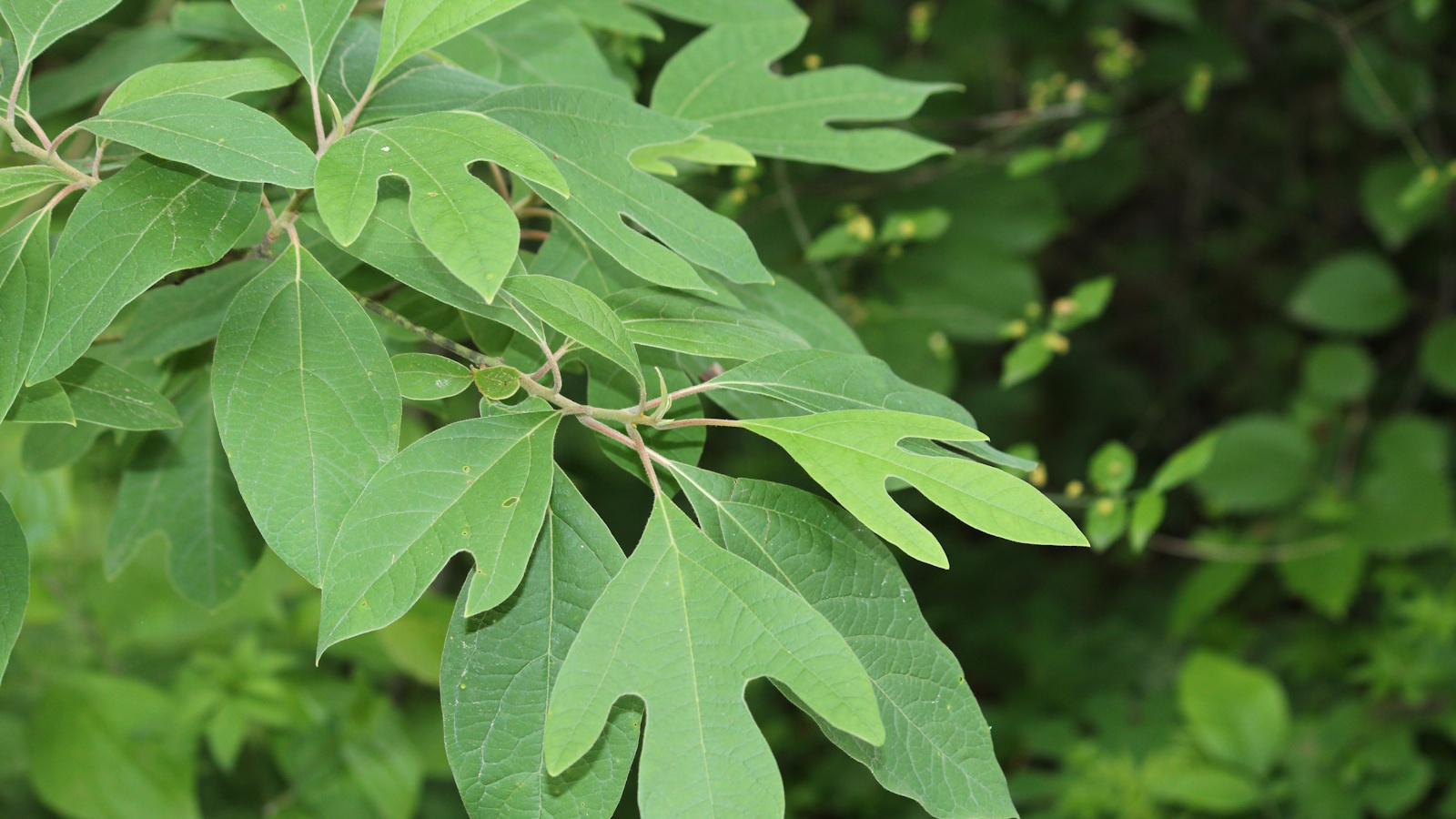 How to grow sassafras – for a low-maintenance native tree that can even be planted in shady yards
How to grow sassafras – for a low-maintenance native tree that can even be planted in shady yardsFor an easy-to-grow North American tree, you will not find much better than sassafras
By Thomas Rutter